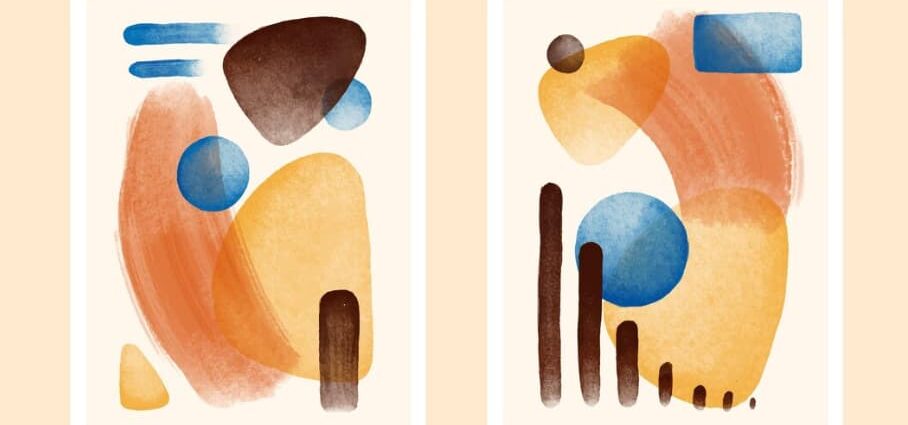Contemporary art is a powerful medium that allows people, especially youth, to express their creativity, challenge ideas, and explore new perspectives. However, for many young people, engaging with contemporary art can seem intimidating or abstract. To bridge this gap, artificial intelligence (AI) is being integrated into art education, making the learning process more accessible and engaging. Art education with AI is reshaping how young people interact with and understand contemporary art, and one of the most exciting tools being used is AI-powered quizzes. These interactive quizzes make it fun and educational for students to explore artistic concepts while fostering creative expression.
Art Education with AI: Making Contemporary Art More Accessible
The world of contemporary art can often seem complex and inaccessible to younger audiences. With its abstract themes, unconventional mediums, and sometimes provocative subject matter, contemporary art invites interpretation but can leave young learners unsure of where to start. AI-powered creative learning tools, such as interactive quizzes, help break down these barriers by offering a structured, engaging way to introduce art concepts.
AI quizzes allow students to explore the themes, techniques, and ideas behind contemporary art in a way that feels interactive and playful. For example, a quiz might ask students to match a famous artwork with its movement (such as pop art, abstract expressionism, or street art) or challenge them to identify the emotions conveyed in a particular piece. By incorporating AI into the learning process, these quizzes adapt to the students’ knowledge and provide instant feedback, ensuring a personalized learning experience.
Additionally, AI quizzes offer a fun and accessible entry point into art education, where students can learn at their own pace and on their own terms. Whether they are interested in exploring the history of contemporary art or understanding how certain pieces challenge societal norms, AI-powered tools make the learning process less formal and more interactive, helping students build confidence in their understanding of art.
Engaging Youth with Creative Expression through AI Quizzes
Creative expression through AI quizzes encourages students to think critically about art while also fostering their own creative abilities. These quizzes are designed not only to test knowledge but also to inspire students to create and express themselves through art. By engaging with quizzes that challenge them to interpret and analyze contemporary artworks, students develop their creative thinking skills and broaden their artistic perspectives.
For instance, an AI quiz might ask students to describe how they would modify a particular artwork to reflect modern social issues or to create their own abstract piece using specific color schemes and techniques. This kind of interactive learning encourages students to step into the shoes of contemporary artists, thinking critically about the decisions that go into creating art. In this way, AI-powered quizzes act as a catalyst for creative expression, empowering students to explore their own artistic voices.
Moreover, AI quizzes help youth engage with the digital aspect of contemporary art. Many modern artists work with technology, using digital mediums and tools to create innovative pieces. AI-powered quizzes can introduce students to these digital tools, showing them how technology can be an essential part of the creative process. This not only enhances their appreciation of contemporary art but also equips them with digital skills that are increasingly important in today’s world.
AI-Powered Creative Learning: A Tool for Teachers and Students
Teachers can also benefit greatly from AI-powered creative learning tools. AI quizzes provide an effective way to assess students’ understanding of contemporary art while keeping them engaged and motivated. Unlike traditional tests, which may feel dry or intimidating, AI quizzes offer an interactive, fun approach to learning that encourages participation and enthusiasm.
For example, a teacher might use an AI quiz to explore how different artists approach themes like identity, race, or politics. The quiz could ask students to analyze specific works of art or compare different artistic styles, providing immediate feedback to help students better understand complex concepts. Additionally, because AI quizzes can be personalized based on student responses, they offer a flexible learning experience that meets the needs of both beginners and advanced students.
For students, these quizzes offer an opportunity to engage with contemporary art in a more meaningful way. The instant feedback provided by AI helps them understand where their strengths lie and where they may need further exploration. Additionally, students can take these quizzes at their own pace, which can reduce anxiety and make learning about art a more enjoyable experience.
The Future of Art Education with AI
As technology continues to evolve, art education with AI is becoming a more integral part of how young people learn about and interact with art. AI-powered quizzes, in particular, provide a dynamic way for students to explore the complex world of contemporary art while also developing their creative skills. By integrating AI into art education, we can foster a deeper appreciation for artistic expression and inspire the next generation of artists.
In addition to providing personalized learning experiences, AI-powered quizzes also offer valuable data for teachers, helping them identify which areas of art education may need more focus or additional resources. This data-driven approach ensures that art education is both effective and engaging, paving the way for more innovative and accessible art programs in schools.
For educators, artists, and art enthusiasts interested in incorporating AI into their teaching or learning, finding the best AI for multiple choice questions is essential. Platforms like Hearify offer AI-powered tools that can help create personalized and interactive quizzes, making art education more engaging and effective for all learners.

